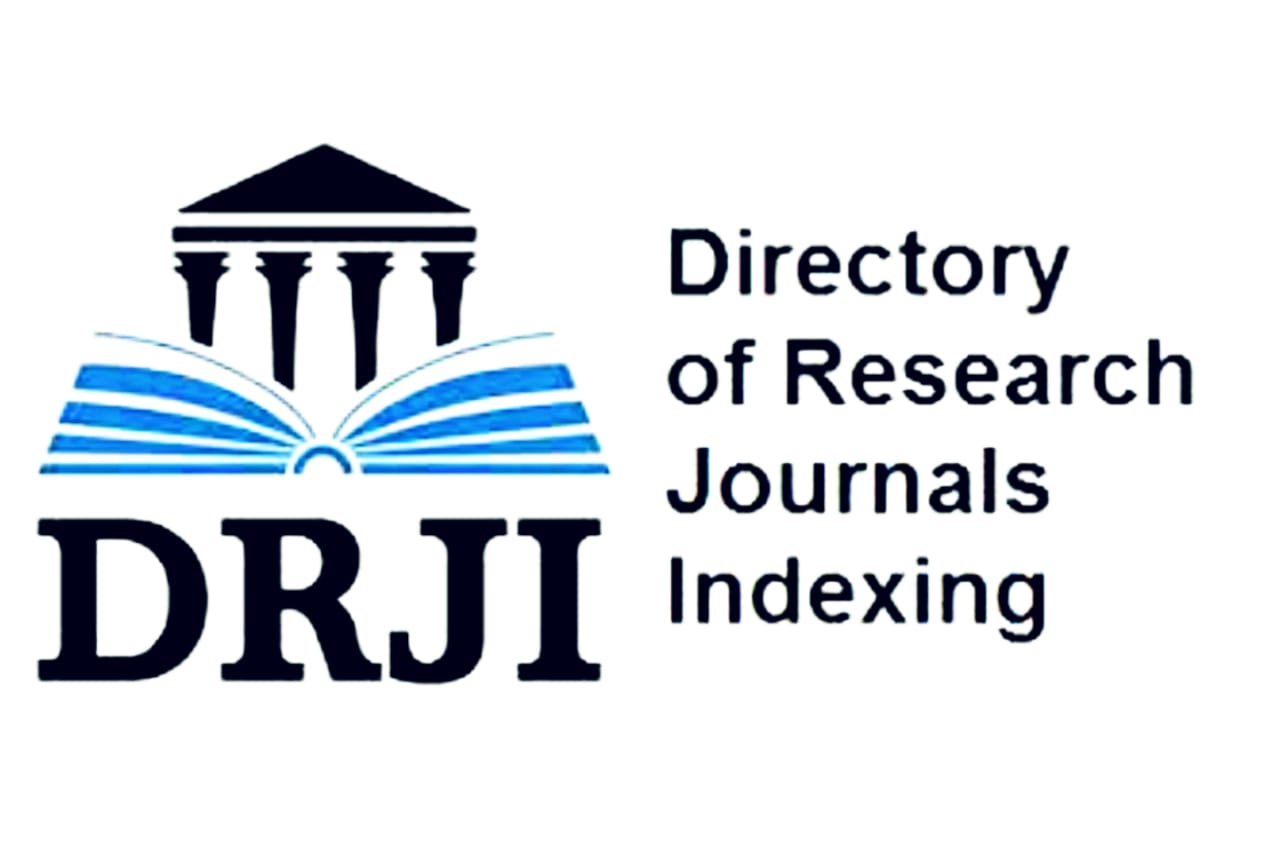Targeting beta-amyloid plaques and neurofibrillary tangles: a proteomic approach towards Alzheimer’s disease therapy
DOI:
https://doi.org/10.26577/IJBCh2024v17i1-a15Abstract
Alzheimer’s disease (AD) stands as the most prevalent form of dementia affecting elderly individuals and ranks as the sixth leading cause of death globally. The pathological hallmarks of AD involve the formation of beta-amyloid plaques and neurofibrillary tangles in the brains of affected individuals, contributing to progressive brain degradation. This study aimed to utilize molecular modeling methods as a theoretical approach to explore the inhibition of beta-amyloid plaques and neurofibrillary tangles. Beta-amyloid and tau receptors were employed to carry out molecular docking with the ligands, including curcumin, memantine, nicotine, and caffeine. The selected compounds demonstrated minimum binding affinity and interactions with the active sites of the receptors while docking studies were performed. Notably, molecular interactions of the receptor complexes with curcumin compounds exhibited prominence in number. Curcumin, known for its antioxidant, anti-inflammatory, and lipophilic properties, has shown promise in enhancing cognitive function in AD patients. The findings of this study highlight the potential for further research aimed at developing improved drugs based on curcumin for the treatment of AD.
Downloads
How to Cite
Issue
Section
License
Copyright (c) 2024 International Journal of Biology and Chemistry

This work is licensed under a Creative Commons Attribution-NonCommercial-NoDerivatives 4.0 International License.
ааа
















